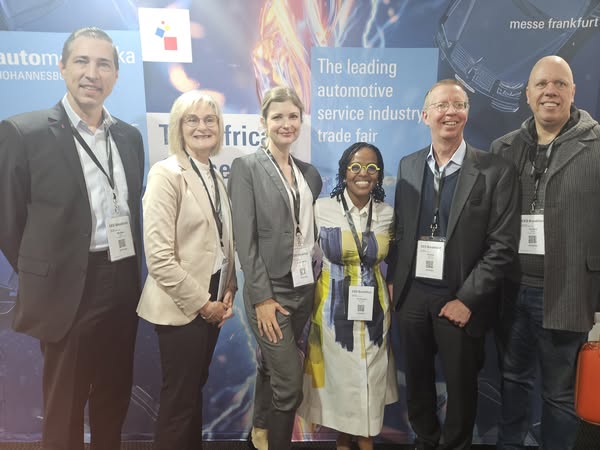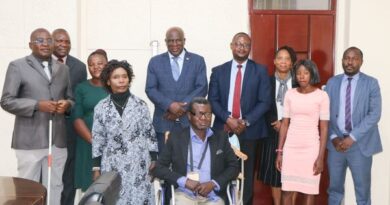South Africa’s Auto Industry Eyes AfCFTA, BRICS Amid New US Tariffs
The automotive sector is grappling with shifting global trade dynamics, as leading industry players gathered at the Automechanika CEO Breakfast held at the Centurion Country Club on Thursday, May 8.
Hosted under the theme “The African Connection” by Messe Frankfurt South Africa, the event brought to the forefront challenges and opportunities facing the South African automotive industry in light of rising tariffs and evolving trade frameworks.
Michael Dehn, Managing Director at Messe Frankfurt, emphasized the urgency for South African automotive firms to reposition themselves. “As we navigate shifting trade agreements, tariffs, and international relations, businesses are actively seeking new partnerships and market opportunities,” he said, highlighting frameworks like the African Continental Free Trade Area (AfCFTA), African Growth and Opportunity Act (AGOA), and the BRICS partnership as focal points of discussion.
Key concerns stem from recent U.S. tariff impositions—25% on vehicles and parts as of March and May 2025, alongside a 10% baseline tariff on all imports. Previously, 99% of South African automotive exports to the U.S. benefitted from duty-free access under AGOA. Now, the new tariffs threaten that advantage. Vehicles and parts constitute 15% of South Africa’s total exports to its second-largest trading partner.
Dr. Paulina Mamogobo, Chief Economist at NAAMSA, noted that while the EU remains South Africa’s top automotive export destination (76%), U.S. exports shrank sharply—from 6% in 2024 to just 2% in Q1 2025. “AfCFTA presents a $3.4 trillion intra-African market opportunity, but infrastructure gaps hinder its full potential,” she added.
S&P Global Market Intelligence’s Ronel Oberholzer flagged external pressures from China’s electric vehicle oversupply and India’s low-cost advantage, warning that BRICS nations may serve more as sources of investment than export markets.
Meanwhile, Jenny Tala of Germany Trade & Invest argued that U.S. tariffs have eroded AGOA’s benefits, calling for expanded trade with regional and international partners. EY South Africa’s Duane Newman viewed the trade tension as a potential opportunity, especially with U.S. manufacturers seeking alternatives to China and Mexico.
Despite these prospects, Donald MacKay, CEO of XA Global Trade Advisors, pointed to high logistics costs due to underdeveloped road and rail systems. “Rail transport remains more cost-effective than road but is still five times pricier than water freight,” he cautioned.
Messe Frankfurt’s Dehn closed on an optimistic note: “In today’s volatile trade climate, platforms like Automechanika Johannesburg are crucial for shaping future partnerships.”
The next major industry update is expected with the launch of NAAMSA’s Automotive Trade Manual on May 15.



